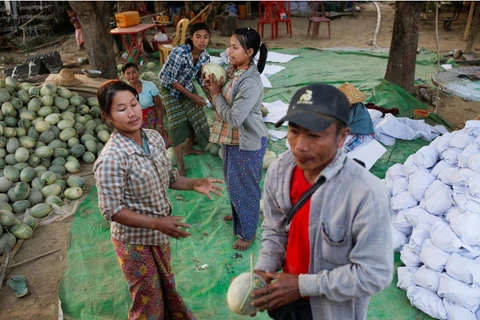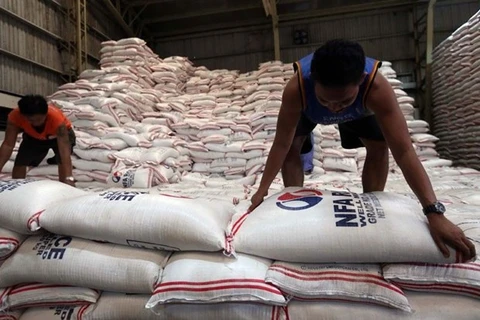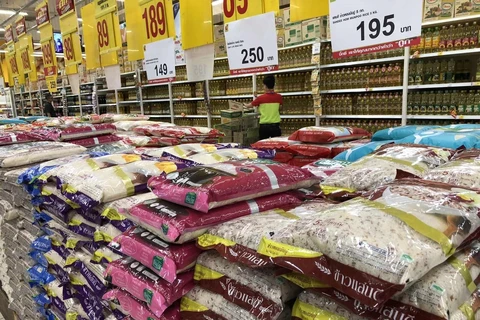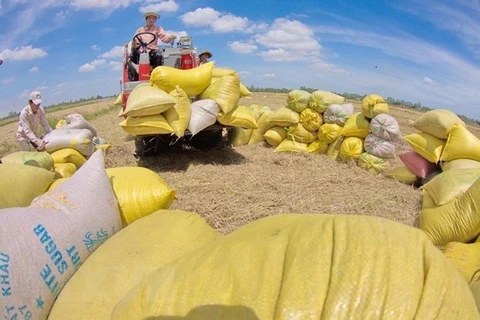Hanoi (VNA) – Small- and medium-sized banana growers in the Philippines, the world’s second largest exporter of the fruit, are being heavily affected by the acute respiratory disease caused by the novel coronavirus (COVID-19), following market closures in China.
Mainland China is among the country’s biggest banana importers. Together with Japan, China purchased more than half of the shipments sent by the Southeast Asian nation in 2019.
The Philippines earned 1.93 billion USD from banana exports last year, up about 40 percent from 2018 and accounting for 3 percent of the country’s overall exports.
Representatives of the Philippine Banana Growers and Exporters Association (PBGEA) met officials from the Philippine Department of Agriculture on February 17 to tackle new challenges, including the COVID-19 outbreak.
PBGEA Executive Director Stephen Antig said the hardest hit by the epidemic are small- and medium-sized growers who deal with spot buyers, as big exporters in the Philippines have existing contracts with importers.
The initial impacts of the problem are likely to be highlighted when January trade data is released next month, he added.
According to Antig, talks with logistics providers and efforts to identify other potential markets are among the key steps the Agricultural Department is planning to help resolve the problem./.
Mainland China is among the country’s biggest banana importers. Together with Japan, China purchased more than half of the shipments sent by the Southeast Asian nation in 2019.
The Philippines earned 1.93 billion USD from banana exports last year, up about 40 percent from 2018 and accounting for 3 percent of the country’s overall exports.
Representatives of the Philippine Banana Growers and Exporters Association (PBGEA) met officials from the Philippine Department of Agriculture on February 17 to tackle new challenges, including the COVID-19 outbreak.
PBGEA Executive Director Stephen Antig said the hardest hit by the epidemic are small- and medium-sized growers who deal with spot buyers, as big exporters in the Philippines have existing contracts with importers.
The initial impacts of the problem are likely to be highlighted when January trade data is released next month, he added.
According to Antig, talks with logistics providers and efforts to identify other potential markets are among the key steps the Agricultural Department is planning to help resolve the problem./.
VNA
























